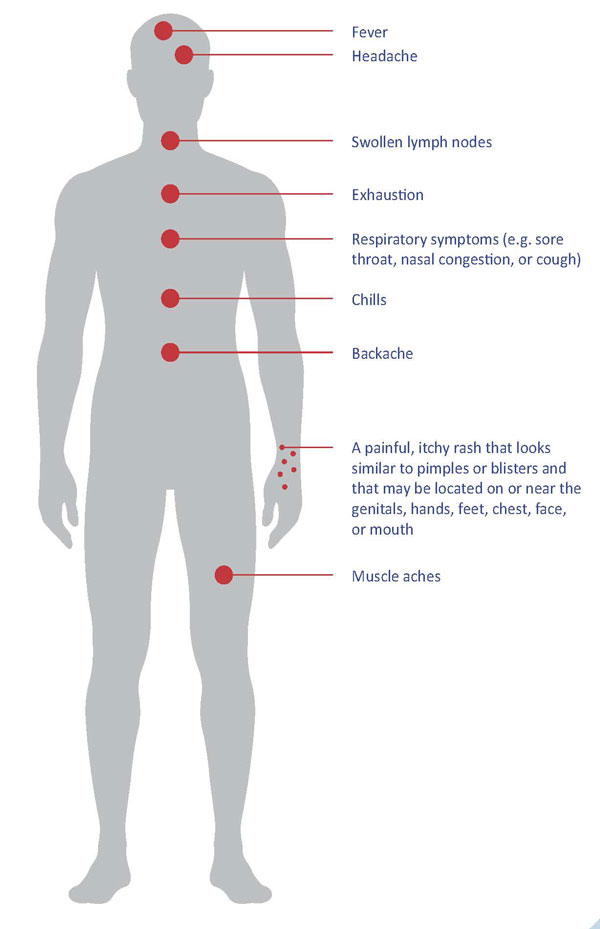Monkeypox
Monkeypox is a global public health concern and anyone can become infected.
What is Monkeypox?
According to the CDC, the monkeypox virus is part of the same family of viruses as the variola virus, the virus that causes smallpox. Monkeypox symptoms are similar to smallpox symptoms but milder, and monkeypox is rarely fatal. Monkeypox is not related to chickenpox.
What are the symptoms associated with monkeypox?
- Fever
- Headache
- Swollen lymph nodes
- Exhaustion
- Respiratory symptoms (e.g. sore
throat, nasal congestion, or cough) - Chills
- Backache
- A painful, itchy rash that looks
similar to pimples or blisters and
that may be located on or near the
genitals, hands, feet, chest, face,
or mouth - Muscle aches

What to do if you think you’re experiencing monkeypox symptoms or have been exposed to monkeypox:
- Seek medical care.
- Avoid close contact—including being intimate—with anyone until you can consult with a health care provider.
How does monkeypox spread?
- Close, personal skin-to-skin contact.
- Direct contact with rash, scabs, or bodily fluids of someone infected with the virus.
- Touching objects or fabrics that have been used by someone with monkeypox.
- Contact with the respiratory secretions of an infected individual.
Stay healthy - monkeypox prevention
- Avoid close, skin-to-skin contact with people who have a rash that looks like monkeypox.
- Do not touch the rash or scabs of a person with monkeypox.
- Do not kiss, hug, cuddle or have sex with someone with monkeypox.
- Do not share eating utensils or cups with a person with monkeypox.
- Do not handle or touch the bedding, towels, or clothing of a person with monkeypox.
- Practice good hand hygiene.
Resources:
Centers for Disease Control: Monkeypox
Texas Department of State Health Services: Monkeypox
